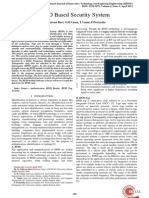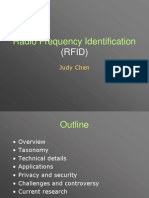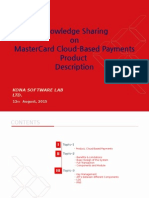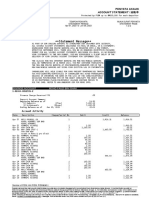0% found this document useful (0 votes)
57 views6 pagesDirect Data Entry
Direct data entry (DDE) devices transfer data directly to a computer system without human interaction, including barcode readers, magnetic stripe readers, contactless debit card readers, chip and PIN readers, and RFID readers. Each type has its advantages and disadvantages, such as ease of use and security concerns. DDE devices are widely used in various applications like payment processing, access control, and inventory tracking.
Uploaded by
Saung Hnin PhyuCopyright
© © All Rights Reserved
We take content rights seriously. If you suspect this is your content, claim it here.
Available Formats
Download as PDF, TXT or read online on Scribd
0% found this document useful (0 votes)
57 views6 pagesDirect Data Entry
Direct data entry (DDE) devices transfer data directly to a computer system without human interaction, including barcode readers, magnetic stripe readers, contactless debit card readers, chip and PIN readers, and RFID readers. Each type has its advantages and disadvantages, such as ease of use and security concerns. DDE devices are widely used in various applications like payment processing, access control, and inventory tracking.
Uploaded by
Saung Hnin PhyuCopyright
© © All Rights Reserved
We take content rights seriously. If you suspect this is your content, claim it here.
Available Formats
Download as PDF, TXT or read online on Scribd
/ 6




































































































